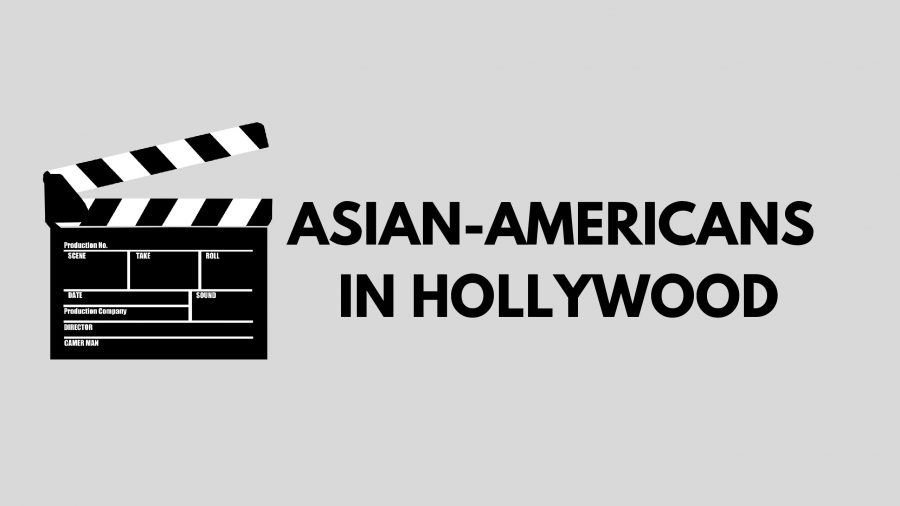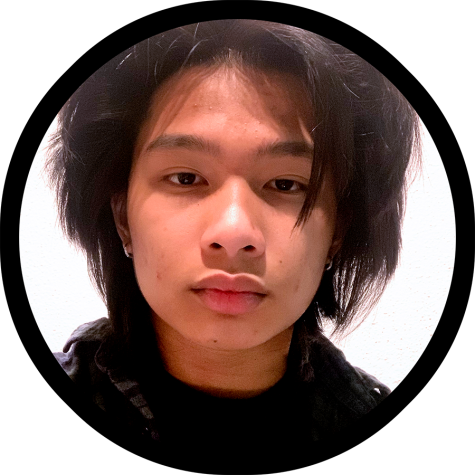Growing up, my Asian American identity as an Asian American felt washed away by Hollywood. The stereotypes told me who I was supposed to be. I didn’t have many Asian American characters to relate to.
As a Filipino-American, I usually found myself leaning toward the Asian side of entertainment. Even growing up, a part of me always enjoyed seeing people who look like me on the screen. But I soon came to understand there weren’t many Asian characters, let alone Asian entertainers in America. It was a truth I had to accept.
Flipping through channels of white sitcom families made me feel different. It was a world I would always see, but that I could never relate to. I especially felt caught between worlds when I would see glimpses of The Filipino Channel (TFC) dramas and saw they were set in a completely different country. While I enjoyed media produced in Asian countries, I grew up in America, so I still felt removed from the Asian world. I simply grew up feeling excluded.
The media I consumed shaped my personal identity in more subtle ways than I realized. Barely seeing people like me on screen is made even worse by the derogatory portrayals that I have come to expect.
Asian men are demasculinized as the result of stereotypes like geekiness and diminished physical stature. The only manly Asian men I would see on an American screen were elderly martial arts masters.
On the opposite side is the fetishization of Asian women. In many American movies, Asian women are portrayed as submissive sexual objects, appearing in subservient roles linked to sex work. Whether it’s a prostitute in “Fullmetal Jacket” or a masseuse in “Rush Hour 2,” the hypersexualization of Asian women in Hollywood translates into gross behavior in the real world.
At times the whitewashed casting for Asian stories makes the removal of Asian American presence in Hollywood appear intentional. I distinctly remember wanting to watch the Hollywood classic “Breakfast at Tiffany’s,” and turning the TV off in the first 10 minutes after seeing the shockingly offensive Mr. Yunioshi being portrayed by a white actor as an ethnic caricature, comparable to minstrel humor. White actress Scarlett Johansson played Motoko Kusanagi in “Ghost in The Shell” (2017), receiving universally deserved backlash. Yet at the end of the day, the studio still went through with the terrible casting decision.
In Marvel Comics, the Ancient One is an Asian monk but Tilda Swinton is a white actress who assumed the role in “Doctor Strange.” In the theatrical disaster known as “The Last Airbender,” the writers adapted a TV series heavily inspired by Inuit and Asian cultures, with Inuit and Asian characters. Yet the main cast is almost entirely composed of white actors. The film even goes as far as anglicizing the pronunciation of the main characters’ names. Even though movie studios are used to seeing backlash for “whitewashing” characters, it continues to happen regardless.
With these conditions in Hollywood, it’s hard for an Asian American to find a job without being typecast or losing the role to a white person.
Many American-produced movies romanticize Asian culture and while there is nothing inherently wrong with this. Many movies celebrate the culture but remove the spotlight from the people. I’ve lost count of how many movies I’ve seen about white protagonists in an Asian setting including “The Karate Kid,” “The Last Samurai,” “The Fast and the Furious: Tokyo Drift,” “Gran Torino,” “Blade Runner,” “Indiana Jones and The Temple of Doom,” “Lost in Translation” and “The Darjeeling Unlimited.”
Making and sharing stories centered around cultural exchange is important but these movies tend to follow along with white savior tropes. Clint Eastwood portrays a Korean war veteran in “Gran Torino.” He spits out many racial slurs toward the supporting cast but in the end, he’s honored as a selfless, forgiven hero with a lazy redemption arc.
Many of these movies also give Asian characters few to no lines, only playing a role of making the white people look out of place. By alienating a white main character in an environment full of Asians, it reduces us to exclusively serve a narrative purpose for the white characters. A central theme to “Lost in Translation” is the isolation and loneliness in a juxtaposed setting that is lively and populated, but the movie is about Scarlett Johansson and Bill Murray feeling foreign and finding connections with the only other white person in the room. These roles tend to dehumanize Asians through a western lense. By never letting them be seen as characters they can never be thought of as people. Their lack of substance reduces Asians to props in the background of an unfamiliar world.
Despite all the frustration, I can happily say that representation is becoming more apparent. I could complain about how disappointing it was as a kid, but I would be lying if I said things are the same. In the past 10 years, there has been an improvement.
With movies and television like “Kim’s Convenience,” “Master of None,” “The Farewell” and “Minari,” I can finally watch a familiar story: what it’s like to be a generational immigrant.
Although I can already relate to a story I’ve lived through, they offer new perspectives that change the way I see my everyday life. This connection I have to these rare kinds of stories made in America are a refreshing breath of air, for not only me but any other Asian American.
During the 2010s pop culture shifted attention from zombies to superheroes. In the middle of all that was my favorite actor Steven Yeun. In “The Walking Dead” he played survivor Glenn Rhee and in “Invincible” he voiced the titular superhero Invincible. Both characters are Asian American, without it defining their characters or being relevant enough to even mention in the story. They’re just guys who happen to be Asian. This is a subtle, more casual approach to representation.
However, I’m glad to see this might not be the case for newer generations. As we continue to find our voice in Hollywood we can cast aside these tropes for Asian characters who feel like real people. I’m hopeful that I’ll see more stories about people like myself in the coming years.



